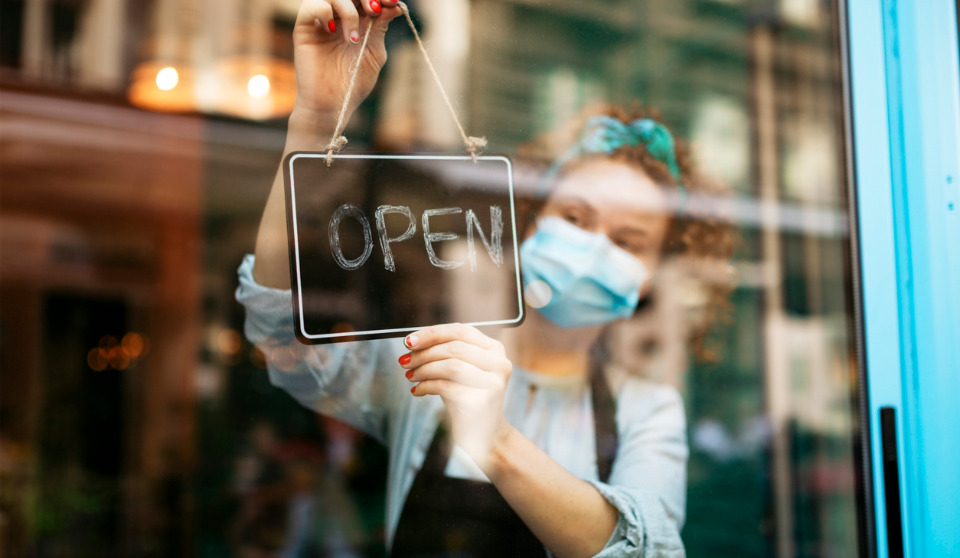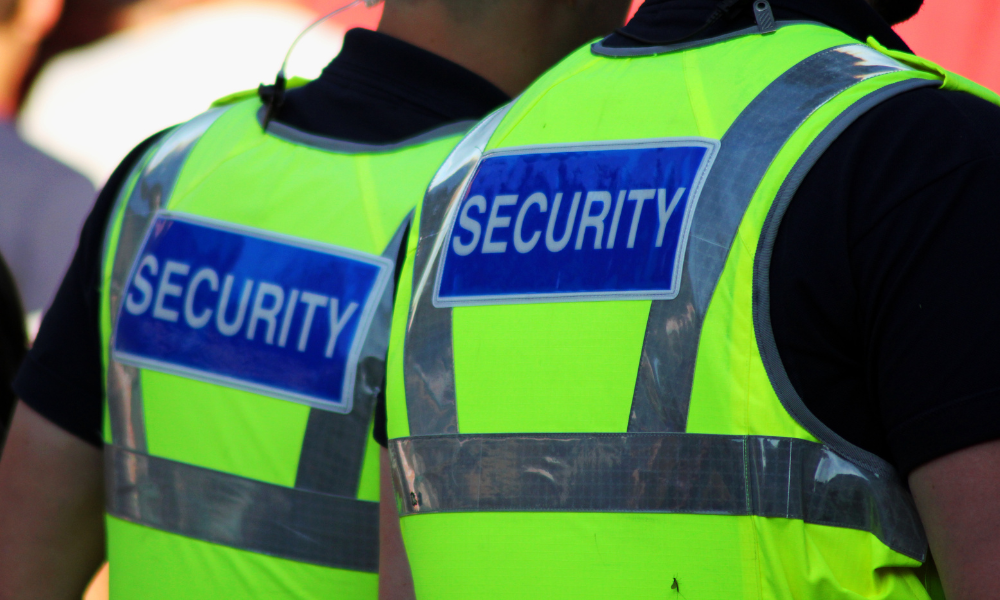Employers and safety professionals need to accept that we are operating in a 'new normal' and that these exceptional times demand the implementation of exceptional measures — which need to be respected

The COVID-19 pandemic has changed our lives, likely forever. COVID-19 has changed us and continues to change the way we work. Some people remain fearful while others scoff at the rules and the new ways we are required to behave. The safety professional has a key role to work with all employees to gain a balanced understanding of the risks and the procedures, processes and new work methods needed to meet the health authorities’ requirements to try and keep everyone safe. We need to work together to return to work and settle into the new normal.
The challenge is in part due to the way COVID-19 presents itself. It is now widely believed that the disease can also be spread by people who are pre-symptomatic and asymptomatic, making it even tougher to control transmission. The hierarchy of controls suggests we eliminate exposure to the hazard, use administrative or procedural controls and finally use of PPE in conjunction with other controls. The health authorities will continue to adjust policy and procedure in an attempt to balance the need to avoid a total shutdown of the economy and the need to control the pandemic. The specific requirements prescribed provincially and locally may vary, but here are 10 things we need to do as part of the new normal:
1. Provide education and training for all employees. Hazard recognition is the key starting point to managing all health and safety risks. We can’t assume they have learned the facts by watching the news or scanning the internet. They need to understand the COVID hazards and the related risks. Knowing who is at the greatest risk is important.
2. Although we need to be in contact with our direct family and a few others, the fewer other people we contact the lower our risk of the spreads of infection. Keep your so-called bubble small. Any effort to shrink your bubble and limit physical interaction with others reduces the risk.
3. Wear a face mask whenever you are around people outside of your bubble. Wash your hands every time you come in contact with public surfaces. When in public, maintain physical distance between people. The health authorities specify a two-metre separation, but the real rule is to maintain as much physical distance as is practical.
4. Check in with all employees to assess them for symptoms. This may include daily temperature checks as a means of making the process quantifiable.
5. Make changes to the work environment to make it more “contactless.” Minimize the number of communal touch points. Automated door openers, the use of motion sensors and voice recognition technologies are all good examples. Surfaces that cannot be made contactless need to be cleaned and disinfected after contact, and the efficacy of cleaning needs to be confirmed using technologies such as ATP testing.
6. Improve ventilation by increasing total air flow rates, the use of high-efficiency filtration and, if possible, open a window. Ask for the support and assistance of an engineer to achieve this hazard reduction.
7. Build your capacity for a response to infection by establishing a contact tracing process. This needs to include establishing a plan for what you’ll do if an employee has had contact with a confirmed case or if an employee tests positive.
8. Develop travel plans and policy appropriate for your business. To reduce risk, encourage travel alone by automobile. Contingency for domestic and international air travel needs to be considered.
9. Be prepared to help deal with employee stress and COVID fatigue. Herd immunity is more than a year away and it may be that even with a vaccine the virus will continue to cause infection. We can expect a rough ride and so we need to be ready.
10. Provide coaching on how employees can best reduce their risk when not at work. While we can best manage workplace risk factors, we need employee to modify behaviours when not at work to reduce the risk for us all.
The reality of this new normal is still evolving. The final version of it will need to be publicly discussed and debated. It is the public and society as a whole that ultimately has to decide what will be allowed, how this will be allowed to unfold and what the new normal will ultimately look like.
 Glyn Jones is a partner at EHS Partnerships Ltd. in Calgary. He is a consulting occupational health and safety professional with 30 years of experience. He also provides program design and instructional support to the University of New Brunswick’s OHS and Leadership Development certificate programs. He can be reached at [email protected] or you can follow him on Twitter at glynjones_ehsp.
Glyn Jones is a partner at EHS Partnerships Ltd. in Calgary. He is a consulting occupational health and safety professional with 30 years of experience. He also provides program design and instructional support to the University of New Brunswick’s OHS and Leadership Development certificate programs. He can be reached at [email protected] or you can follow him on Twitter at glynjones_ehsp.
This article originally appeared in the Jan/Feb 2020 issue of COS.






